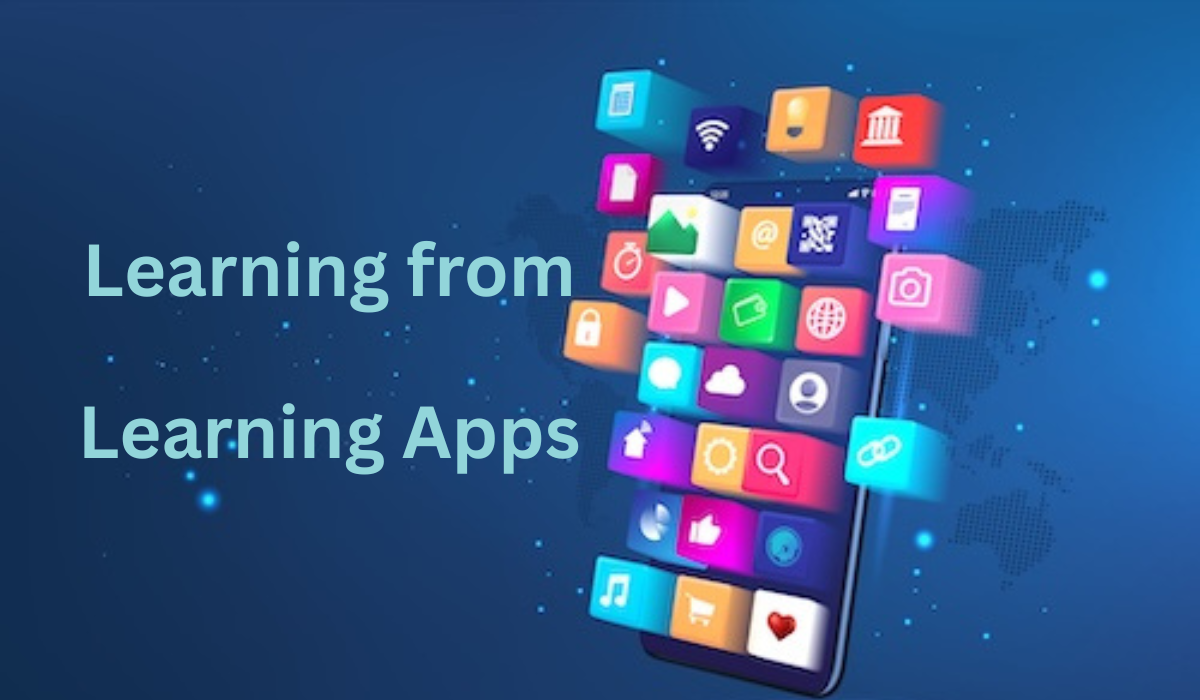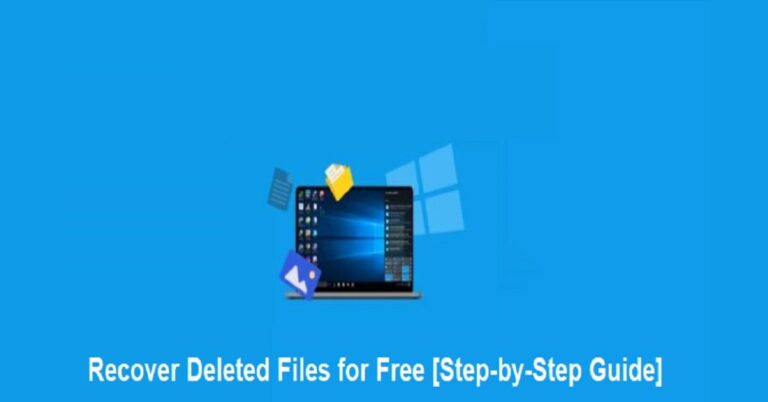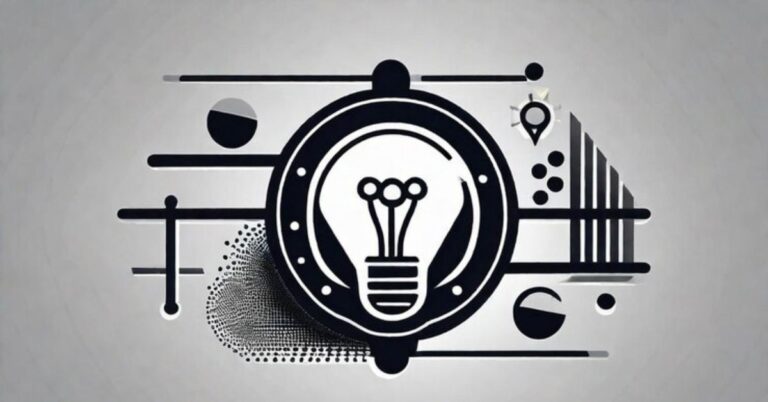Learning from Learning Apps: What Every Dev Team Can Steal from EdTech

Scroll through the App Store today and you’ll find thousands of apps promising to teach you something, such as Spanish in three weeks, how to code, how to read faster, or even how to meditate.
What stands out, though, isn’t just what these apps teach. It’s how they hold attention, encourage progress, and keep users coming back. That’s something even non-EdTech teams should pay attention to.
Because while the goals of a math app and a banking app might be different, the user behaviors they rely on like curiosity, motivation, trust, engagement. .
If you’re involved in mobile app development in Houston, or anywhere else for that matter, it’s time to look at learning apps through a new lens. These apps are essentially behavior change engines wrapped in mobile screens. And that makes them valuable blueprints for dev teams far beyond education.
Let’s break down!
1. Learning Apps Are Masters of Progress
EdTech teams understand something deeply: progress is addictive. Not because users love being busy, but because they love seeing evidence that they’re growing.
Great learning apps show users exactly where they are, what’s next, and how far they’ve come. Progress bars. Streaks. Skill levels. Feedback loops that don’t just reward effort, but build confidence.
Now, ask yourself: Does your app do that?
A delivery tracking app, a fitness platform, or even a finance dashboard can benefit from the same mechanisms. Surface that. Make it visible. Let users feel the win.
The key insight: people come back to apps that remind them they’re getting better.
2. They Build Habits, Not Just Interfaces
Duolingo. Khan Academy. Elevate. These apps aren’t succeeding because they’re beautifully designed. They succeed because they’re habit-forming.
They’ve figured out how to make users show up daily. And no, it’s not just push notifications. It’s structured habit loops built into the core experience (cue, action, and reward).
What can you do with that?
If you’re building any kind of app that requires ongoing use such as health, fitness, finance, productivity, study how EdTech apps turn intent into action. Ask: What gets users to show up again tomorrow? Then bake that answer into your product, not just your marketing.
This is where many traditional apps fall short. They wait for users to return. EdTech apps give them a reason to.
3. Feedback Is Fast, Honest, and Useful
Learning apps don’t make users wait to find out if they’re doing something right. The best ones give feedback in real time like celebrating a correct answer, correcting a wrong one, and guiding the next step.
That kind of instant feedback builds trust. It makes users feel supported, not judged.
Too many non-learning apps bury feedback. Or worse, they don’t give any.
If you’re building a tool where users take actions, including uploading files, completing tasks, setting goals, ask yourself: how quickly are you telling them what just happened? And is the feedback meaningful?
Good feedback isn’t fluff. It’s a loop that builds confidence.
4. They Don’t Hide the Learning Curve
One of the smartest things EdTech apps do? They acknowledge up front that users will feel lost. Then they guide them through it.
They introduce one concept at a time. They give early wins. They don’t expect perfection. They expect growth.
Most apps expect users to “just get it.” And if they don’t, users churn.
Instead, copy the EdTech playbook: treat onboarding like a mini-lesson. Introduce core actions gradually. Let users practice. Show progress. Celebrate their first success.
A user who feels smart in the first five minutes is far more likely to become a long-term user.
5. Personalization Without Bloat
Learning apps live and die by personalization. If they push the same content to every learner, people drop off fast. But if they offer the right challenge at the right time? Retention skyrockets.
That doesn’t mean endless customization. It means meaningful adaptation like offering content based on behavior, adjusting pace, suggesting what’s next based on what came before.
The takeaway? Whether you’re building a wellness app or a CRM, users expect smarter experiences. Don’t bury them in options. Show them what makes sense for them, based on what they’ve already done.
It’s a simple idea: relevance drives retention.
6. Their Gamification Is About Purpose, Not Points
Too many apps slap on badges, leaderboards, and coins—without asking why.
EdTech apps do it differently. They use gamification to reinforce purpose. A streak isn’t just a reward. It’s a reflection of commitment. A badge isn’t a gimmick; it marks mastery.
This subtle shift matters. Users aren’t motivated by points alone. They’re motivated by meaning.
If you’re adding gamified elements, ask: what is this helping the user accomplish? Is it reinforcing behavior that matters? Is it helping users grow?
Good gamification is invisible. It nudges users forward without turning your product into a game.
7. They Design for Return Visits, Not Just First Impressions
The first time a user opens your app, they should feel invited. But what about the 10th time? The 100th?
Learning apps design with this in mind. They make repeat visits rewarding. New challenges appear. Old material is reviewed. Momentum builds.
A lot of business apps forget this. They launch with a splash screen and clean UI, but offer nothing fresh on visit #5. Users get bored. Churn follows.
Borrow a tactic from EdTech: ask what will keep users coming back next week, not just tomorrow. Is there a reason to return? Is the experience fresh but familiar?
Habit, again, is built over time.
8. They Know That Motivation Changes and Plan for It
Motivation is not static. One day you’re excited. Next, you’re tired. Learning apps accept that, and plan around it.
They build fallback routines. Shorter sessions. Streak savers. Push notifications that feel like nudges, not nags.
Think about that in your product. What happens when your users hit a dip? What support exists for low-energy days? What gets them back on track?
Most apps don’t think beyond the best-case scenario. EdTech apps plan for the drop.
And that’s why their users stick around longer.
9. They Treat Drop-Off as Data, Not Failure
EdTech teams know users will leave. But they also know every drop-off tells a story. Maybe the lesson was too long. Maybe the UI was unclear. Maybe the motivation dipped.
They treat churn as feedback. Then they improve.
That’s a powerful mindset shift.
Most teams treat drop-off as a dead end. Instead, try to investigate. Where do users quit? Why? What were they trying to do?
The best teams turn that data into action like adjusting flows, clarifying copy, simplifying tasks.
Drop-off isn’t just a retention problem. It’s a product clue.
10. The Best Learning Apps Think Like Teachers
And here’s the real secret: the best learning apps don’t just think like product teams. They think like educators.
They ask: what’s the goal? How do we get there step by step? What will confuse people? What will excite them?
Then they build around those answers.
This mindset can help every app team. Whether you’re developing a tool for logistics, fitness, or sales, you’re teaching someone how to succeed in your product.
You’re not just building features. You’re helping users grow.
That shift—from builder to teacher—is one of the most valuable lessons you can steal from EdTech.
Wrapping it Up!
You don’t need to build a tutoring platform to apply these ideas. Even global tech companies study learning apps.
In fact, many early experiments from Apple’s Health app were influenced by habit loops and feedback design seen in EdTech. Micro goals. Visible metrics. Weekly reports.
It’s no surprise that an iOS mobile app development company might borrow these same ideas for fitness, productivity, or wellness apps. Why? Because behavior change is behavior change—whether it’s learning a language or sticking to a new budget.
EdTech has just been testing it longer.






